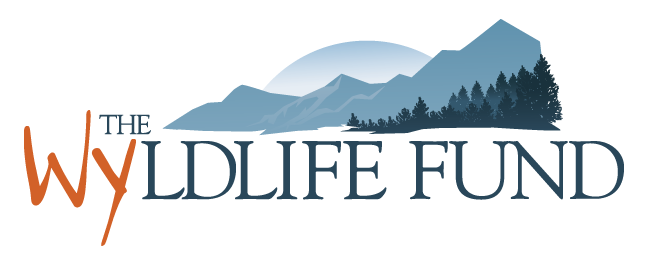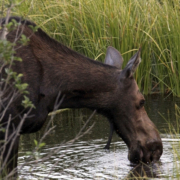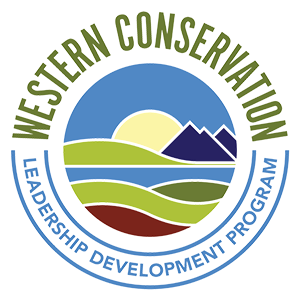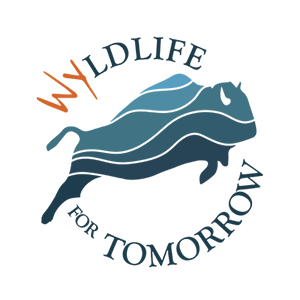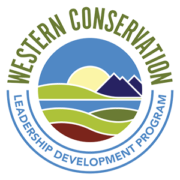The Moose Fund: A Lifeline for Struggling Moose Populations
In the vast and rugged landscapes of Wyoming, where wildlife thrives amidst stunning natural beauty, moose populations are struggling. These majestic animals are facing challenges that threaten their existence, from habitat loss to warming temperatures. Fortunately, passionate individuals like Mary Rumsey are stepping up to ensure the survival of these iconic creatures through initiatives like The Moose Fund.

Photo courtesy of the Wyoming Game & Fish Department.
The Origins of The Moose Fund
Mary Rumsey, a resident of Meeteetse, Wyoming since 1997, has long held a deep love for moose. Over the decades she’s lived in Meeteetse, she and her neighbors noticed a steady decline in moose numbers. Mary had grown used to seeing them lounging in her front pasture and was comforted by their presence, so it was noticeable when moose started making fewer and fewer appearances. Recognizing the plight of these animals, in 2022 Mary took action by establishing The Moose Fund, a dedicated initiative within The WYldlife Fund aimed at supporting projects and research focused on moose conservation and habitat restoration.
The Moose’s Struggle
Moose are impressively adapted to their northern habitats, with long legs to navigate marshes and deep snow, and dark hair to keep them warm in frigid winters. However, they face significant challenges in warmer climates. All these winter adaptations work against them in the summer months. Moose begin to overheat in temperatures above 56 degrees Fahrenheit, meaning the steadily warming summers have pushed moose tolerance levels to their limits. Wanting to better understand the effects of warming temperatures on moose, the University of Wyoming began a research project in 2020, which was generously funded by Mary and the Wyoming Game & Fish Commission.
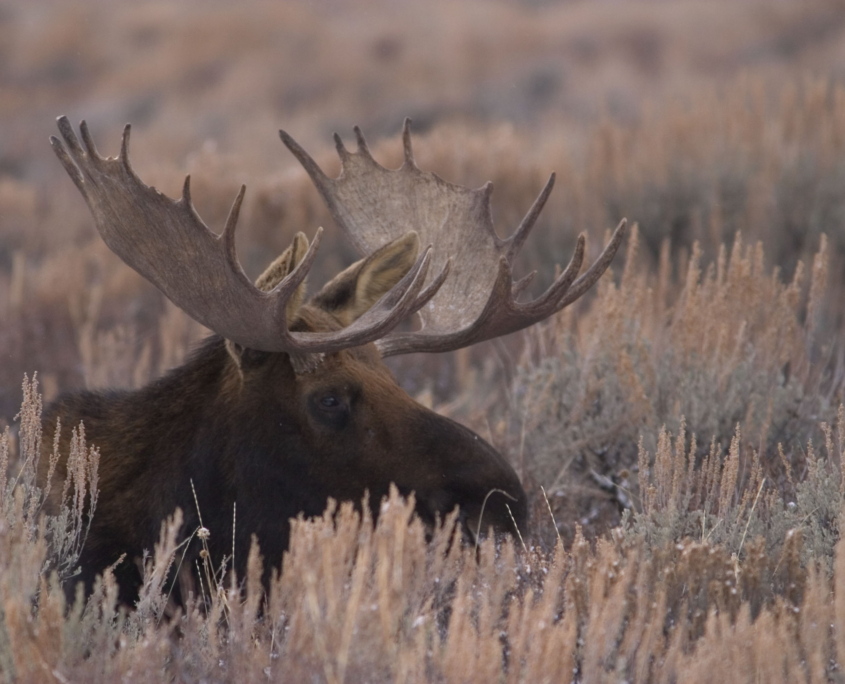
Photo courtesy of the Wyoming Game & Fish Department.
Researchers found that, in trying to stay cool, moose choose water more often than shade. This hefty mammal needs to lay on wet ground or in standing water in order to release potentially life-threatening heat. In the face of a warming, drying climate, this is difficult news.
However, not all hope is lost. The results of this study have created a new goal: to sustain moose populations through the maintenance and improvement of riparian areas such as creek bottoms and wetlands.
The Role of Beavers
Enter: beavers. Interestingly, the fate of moose is intertwined with these large rodents. Beavers, with their remarkable ability to engineer ecosystems through dam-building, create vital riparian habitat that benefits numerous species, including moose. Their dams create pools and wet areas where moose can cool down during hot weather, providing essential relief from heat stress.
Recognizing the connection between beavers and moose habitat, The Moose Fund supported a project to construct a beaver holding facility at the Cody Regional Office of the Wyoming Game and Fish Department in 2023. This facility, completed in late fall of 2023, enables the temporary housing of beavers awaiting translocation, ensuring their well-being and facilitating the restoration of riparian habitats critical for moose survival. Previously, the Cody Regional Office was using a mobile trailer that could only house one beaver family unit at a time, making trapping season slow. The new permanent facility has space for up to four families, allowing for more beavers to be translocated at a time and therefore leading to the creation of more wetland habitats. “This is a very cheap investment for the value of wetland we’re getting out of it,” said Jerry Altermatt, a terrestrial habitat biologist with the Wyoming Game & Fish Department. By relocating beavers to suitable habitats, these efforts not only restore ecosystem functions, but also create essential cooling spots for moose.
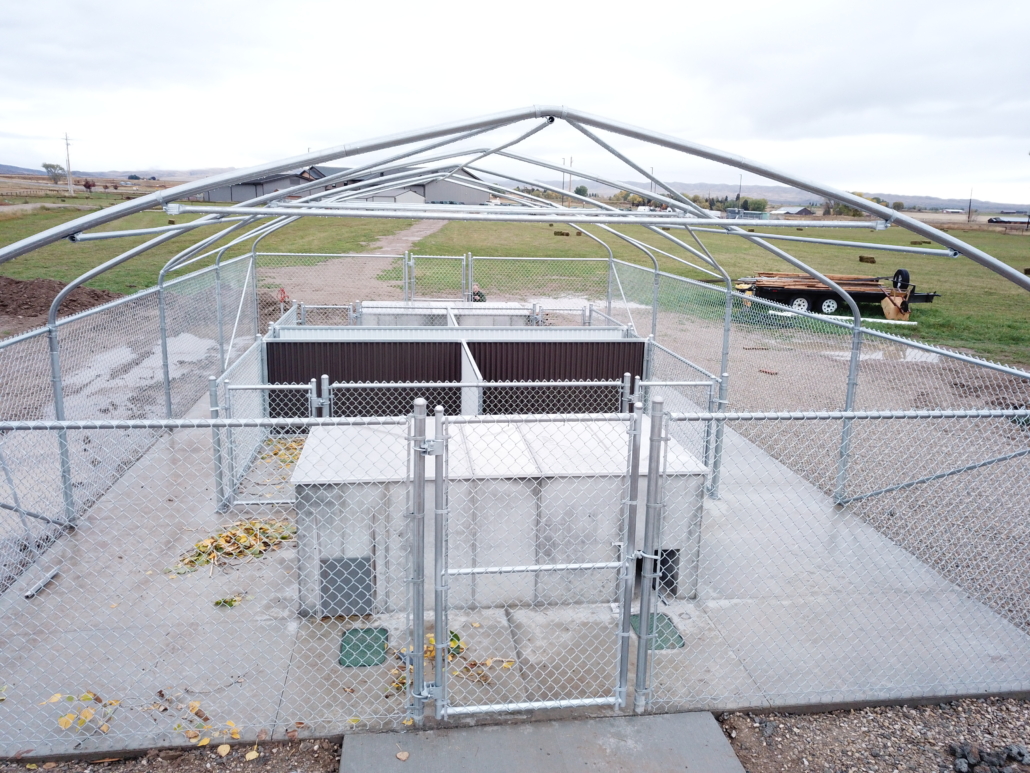
The new beaver holding facility at the Cody Regional Office of the Wyoming Game & Fish Department. Photo courtesy of Jerry Altermatt.

Photo courtesy of Jerry Altermatt.
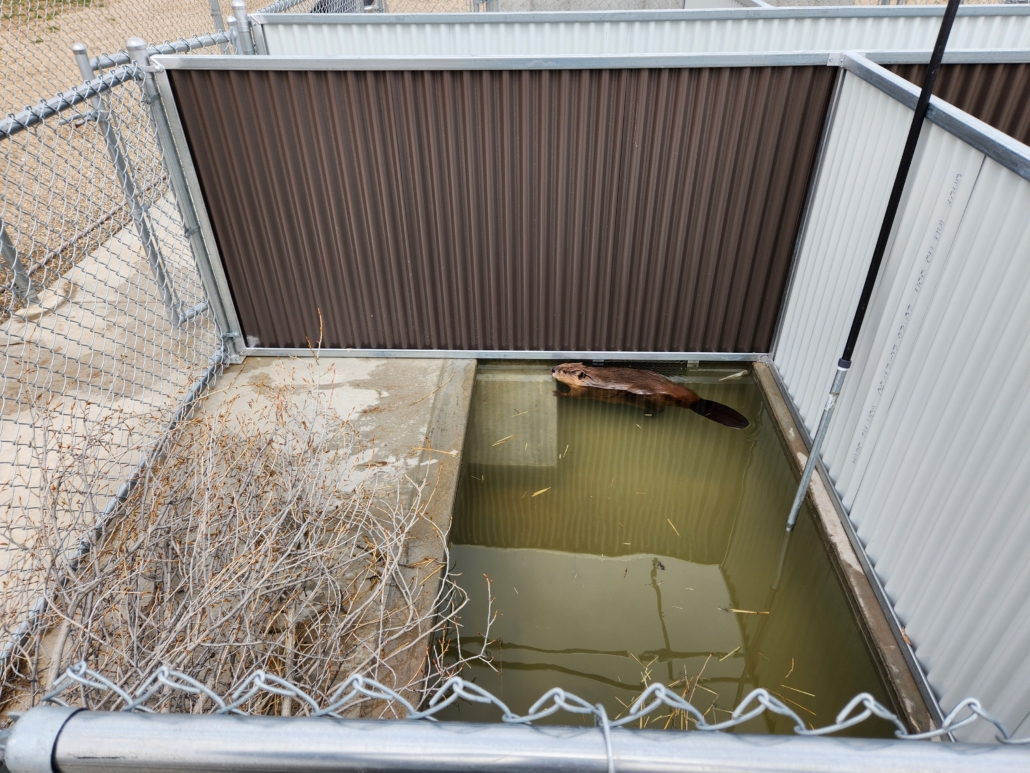
Photo courtesy of Jerry Altermatt.
As a warming, drying climate continues to pose challenges to wildlife, proactive conservation efforts like those supported by The Moose Fund become increasingly important. By investing in projects that address the root causes of habitat degradation and support keystone species like beavers, we can ensure a brighter future for moose and the ecosystems they inhabit.
The Moose Fund stands as a beacon of hope for struggling moose populations in Wyoming and beyond. Through the support of dedicated individuals like Mary Rumsey and collaborative efforts with organizations like the Wyoming Game and Fish Department, we can make a meaningful difference in preserving these iconic creatures and the habitats they rely on. As we continue to champion conservation initiatives, let us remember that by helping beavers, we are also helping moose and the rich tapestry of life that thrives in our wilderness.
If you are interested in making a restricted donation to The Moose Fund, please reach out to The WYldlife Fund at chris@thewyldlifefund.org or 307-316-3863.
